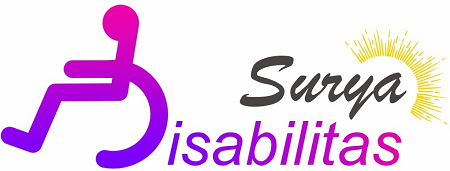Dyslexia is a specific learning disability that affects an individual's ability to read, write, and spell accurately. It is estimated that around 5-10% of the world's population has dyslexia, making it one of the most common learning disabilities globally.
Despite the challenges it presents, advances in technology have provided remarkable tools and resources to support individuals with dyslexia, empowering them to thrive in various aspects of life.
This article explores the innovative technologies designed to aid those with dyslexia, enabling them to overcome barriers and reach their full potential.
Dyslexia: Understanding the Learning Disability
Dyslexia is a neurobiological condition that interferes with language processing in the brain. Although it does not impact intelligence, individuals with dyslexia may face difficulties in reading fluently, identifying words, and decoding text.
Dyslexia: Understanding the Learning Disability
Dyslexia is a neurobiological condition that interferes with language processing in the brain. Although it does not impact intelligence, individuals with dyslexia may face difficulties in reading fluently, identifying words, and decoding text.
Dyslexia can be diagnosed in early childhood, but it often continues throughout adulthood, making it crucial to provide appropriate assistance and support to individuals with this condition.
The Role of Technology in Dyslexia
Technology has played a transformative role in the lives of people with dyslexia. By leveraging innovative tools and applications, individuals with dyslexia can improve their reading, writing, and overall communication skills. Let's explore some of the most impactful technologies that support dyslexia:
In conclusion, technology has emerged as a powerful ally in the quest to support individuals with dyslexia. From text-to-speech software and speech-to-text applications to dyslexia-friendly fonts, mind mapping tools, and VR experiences, these technologies have opened up new avenues for learning, communication, and personal growth.
The Role of Technology in Dyslexia
Technology has played a transformative role in the lives of people with dyslexia. By leveraging innovative tools and applications, individuals with dyslexia can improve their reading, writing, and overall communication skills. Let's explore some of the most impactful technologies that support dyslexia:
- Text-to-Speech Software
- Speech-to-Text Software
- Dyslexia-Friendly Fonts and Color Overlays
- Mind Mapping Software
- Assistive Reading Devices
- Gaming Apps for Learning
- Virtual Reality (VR) for Learning
In conclusion, technology has emerged as a powerful ally in the quest to support individuals with dyslexia. From text-to-speech software and speech-to-text applications to dyslexia-friendly fonts, mind mapping tools, and VR experiences, these technologies have opened up new avenues for learning, communication, and personal growth.
As technology continues to evolve, we can expect even more groundbreaking solutions that empower individuals with dyslexia to overcome challenges and unlock their full potential. Embracing these innovations with open arms, we foster a more inclusive society where everyone can thrive regardless of learning differences.


Post a Comment for "Technology that Supports Dyslexia"